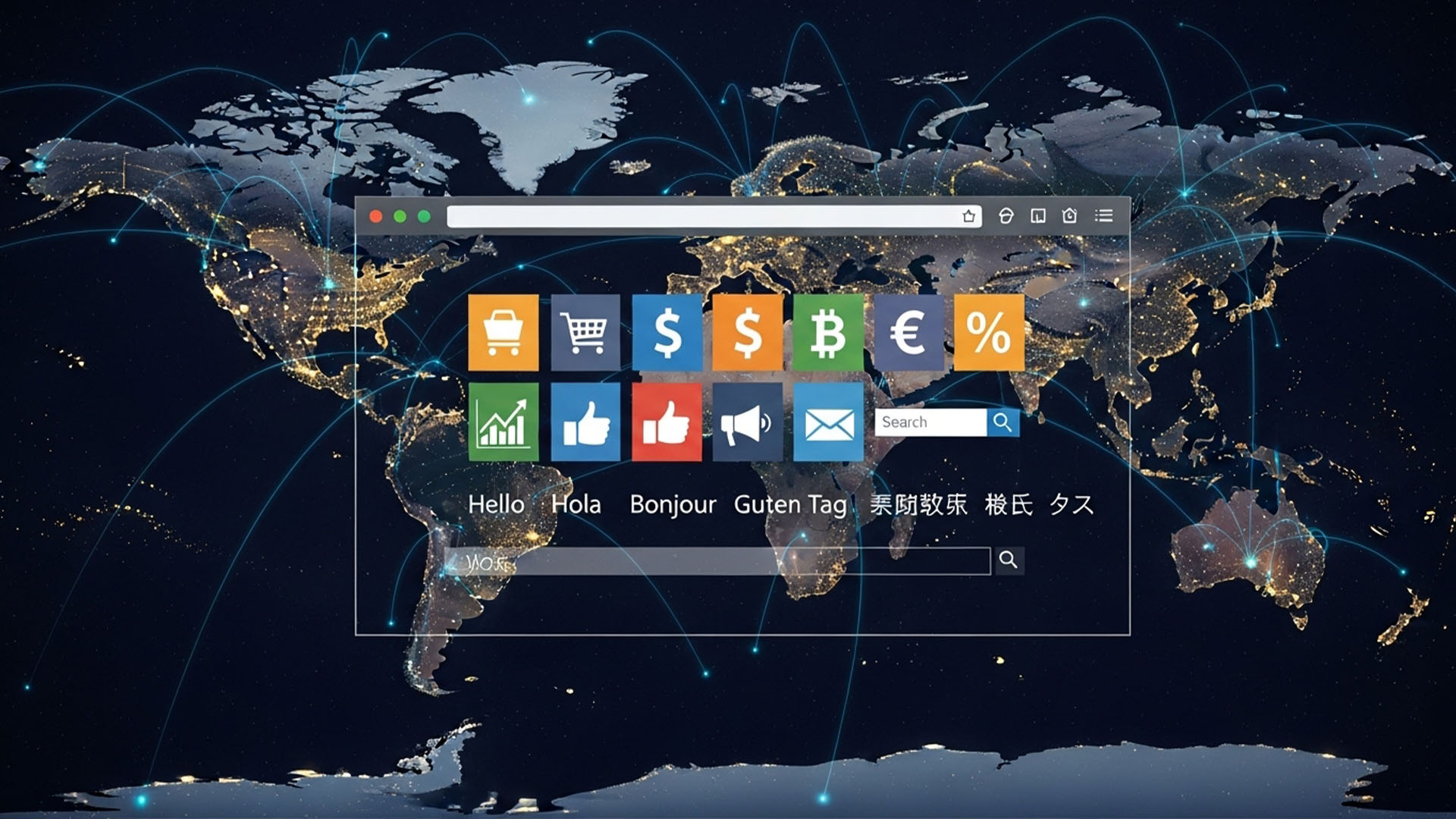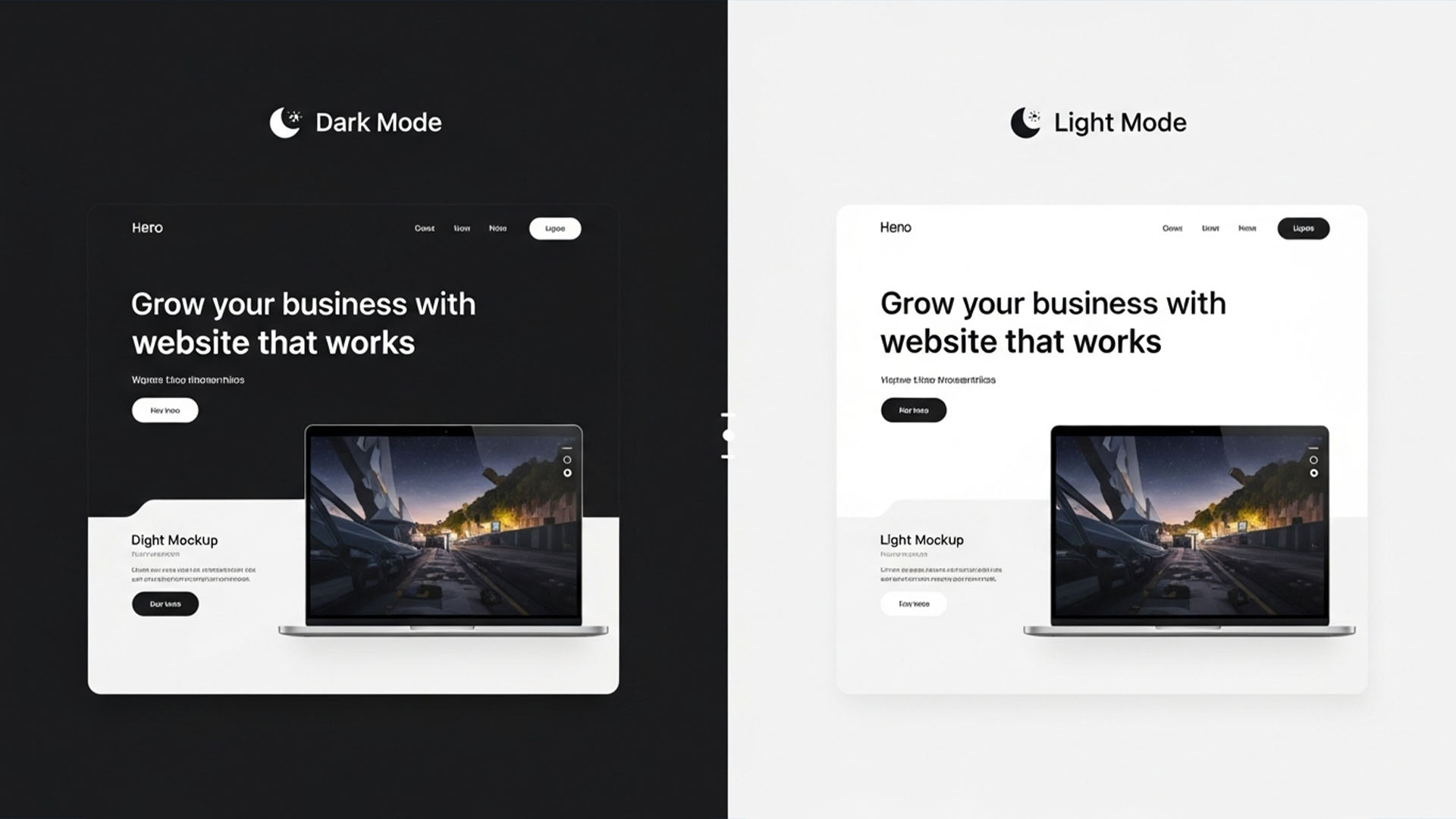
Guide to Preparing Your Website for Global Audiences
In today’s digital economy, preparing your website for global audiences has become a key step for any business looking to grow internationally. But going global requires more than just translation—it demands a holistic strategy that combines technology, content, and user experience.
In this guide by Loop Media, we’ll explore the essential steps to create a strong, globally optimized website.
1. Technical Setup of Your Website
- Choose the right URL structure:
- Country-specific domains (ccTLD):
example.frfor France – strong local presence but costly. - Subdomains:
fr.example.com– good for geographic targeting. - Subdirectories:
example.com/fr/– easiest to implement and manage.
- Country-specific domains (ccTLD):
- Implement hreflang tags: Ensure search engines serve the correct version of your site based on language and region.
- Hosting and CDN: Invest in fast hosting or use a Content Delivery Network to improve global site performance.
2. Language and Content
- Professional translation: Avoid machine-only translations; use native experts to maintain cultural accuracy.
- Localization beyond translation: Adapt content to reflect cultural nuances, idioms, and even humor.
- Reading direction: Support right-to-left languages (like Arabic) and left-to-right languages (like English).
- Local currencies and units: Display prices and measurements in local formats.
3. User Experience and Culture
- Flexible design: Ensure layouts adapt well to varying word lengths in different languages.
- Colors and visuals: Be aware that symbols and colors may carry different meanings across cultures.
- Payment methods: Offer regionally trusted payment options like PayPal in Europe or Alipay in China.
- Multilingual customer support: Provide live chat or phone numbers tailored to each region.
4. International SEO
- Local keyword research: Search terms can vary greatly by country and language.
- Local backlinks: Build partnerships with high-authority websites in your target countries.
- Regional webmaster tools: Register on local search engines such as Baidu (China) or Yandex (Russia).
5. Marketing and Advertising
- Geo-targeted ads: Run ad campaigns that align with the language and currency of each market.
- Localized content marketing: Create blogs, articles, and videos that resonate with local audiences.
Preparing your website for global audiences is not just a technical task but a full-scale strategy that merges cultural insight, international SEO, and smart marketing. By following this guide, you can lay a solid foundation for global expansion and turn international visitors into loyal customers.
FAQs
How do I start preparing my website for global audiences?
Start by setting up a proper URL structure, investing in professional translation, and tailoring user experiences to fit different cultural expectations.
What is the difference between translation and localization?
Translation conveys words, while localization adapts content to reflect cultural context, idioms, and user preferences.
Why is international SEO important?
It ensures your site ranks well in local search engines, boosting visibility and engagement in each target market.
Do I need local hosting for each country?
Not always. A CDN or high-quality global hosting provider can often provide sufficient speed and accessibility.
 العربية
العربية


